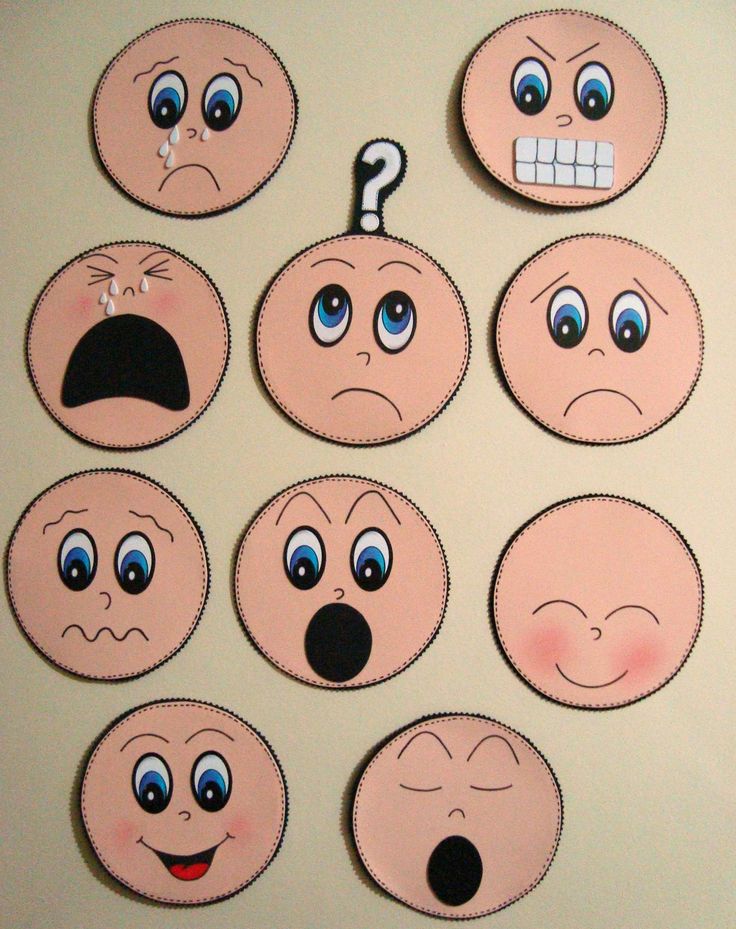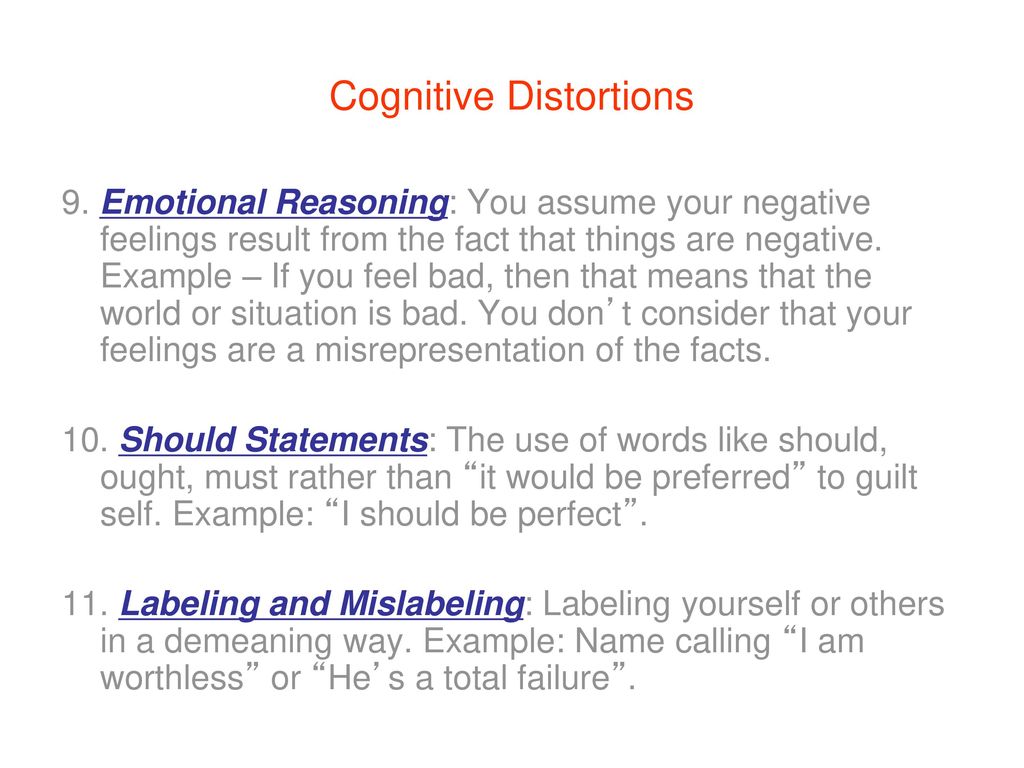How does media affect your body image
Self-Esteem and Media Influences - Yes
How does media affect body image negatively?
Empower students to say YES to self-acceptance and no to unhealthy body imageMore than ever, teens today are saturated with a constant stream of media and societal pressures related to body image. The media and social media have created a world that makes teens believe their self-worth is solely based on their outward appearance. How does media affect body image negatively? Society tells them that they must be thinner or more muscular to be loved, accepted and successful in life. As parents and educators, it is vital to instill in our kids that beauty is more than skin deep; educating them to look beyond the media’s view of beauty and not fall into the traps of eating disorders and unhealthy body image.
Fast FactsAccording to www.dosomething.org:
- Over 70 percent of girls age 15 to 17 avoid normal daily activities, such as attending school, when they feel bad about their looks
- About 20 percent of teens will experience depression before they reach adulthood
- Teen girls that have a negative view of themselves are 4 times more likely to take part in activities with boys that they’ve ended up regretting later
- 38 percent of boys in middle school and high school reported using protein supplements and nearly 6 percent admitted to experimenting with steroids
- 75 percent of girls with low self-esteem reported engaging in negative activities like cutting, bullying, smoking, drinking, or disordered eating
Media, social media and peer pressures influence the way teens see themselves. Their mental perception of what they look like can become distorted, leading them to engage in risk behaviors when they feel they don’t measure up to the impossible goal set in front of them. Media’s effect on body image can cause self-image issues which can lead to eating disorders, drug and alcohol use, cutting, bullying and sexual risk behaviors.
Social media influencers, celebrities, TV, movies, magazines and the internet all bombard teens with images and pressures about what their bodies should look like. The problem is these versions of “beauty” are not obtainable because they aren’t realistic. The majority of images are air-brushed versions of models who weigh 23 percent less than the average woman. Nevertheless, millions of teens believe the lies and resort to unhealthy measures to try to fit themselves into that impossible mold.
Anorexia NervosaThose with anorexia suffer from a perception disorder called body dysmorphia.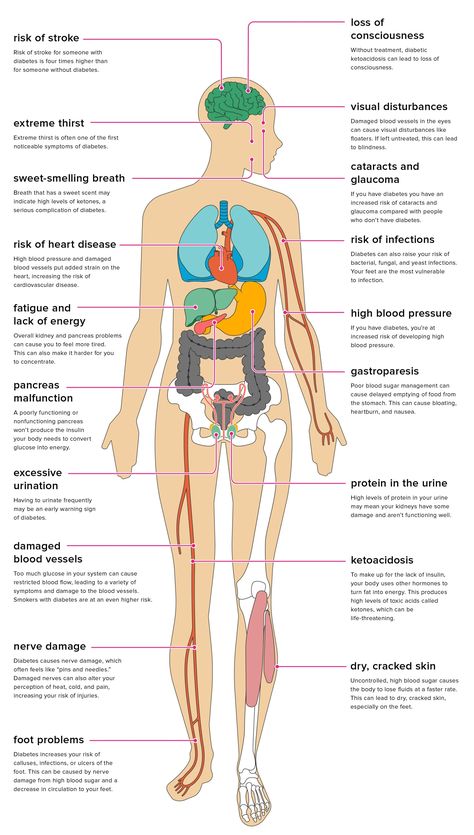 When they look at themselves, they think they look overweight. They severely restrict the amount of food they allow themselves to eat and often exercise excessively. This pattern can be life-threatening.
When they look at themselves, they think they look overweight. They severely restrict the amount of food they allow themselves to eat and often exercise excessively. This pattern can be life-threatening.
Warning signs: underweight, refusal to eat, over-exercise, unhealthy skin, hair and nails.
Bulimia NervosaBulimia is usually more difficult to detect than anorexia. Bulimics tend to be a normal weight or even overweight. They attempt to control weight through purging or fasting. This usually comes after a period of binge-eating where they consume large amounts of food in a short time. While binge-eating, they feel out of control and will use fasting, exercise, induced vomiting or laxatives to regain control over their weight.
Warning signs: weight fluctuations, over-exercise, sneaking food, unhealthy skin, hair and nails.
What We Do at Just Say YESJust Say YES speakers provide insight and relate personal experience to help students combat the pressures of conforming to a certain body image. Self-Image programs offer encouragement and support for students dealing with eating disorders and other body image related risk behaviors. Learn more about how Just Say YES can empower your students to say YES to self-acceptance and no to unhealthy body image by contacting us today at [email protected].
Self-Image programs offer encouragement and support for students dealing with eating disorders and other body image related risk behaviors. Learn more about how Just Say YES can empower your students to say YES to self-acceptance and no to unhealthy body image by contacting us today at [email protected].
- Sara Davis
- Keith Davis
- Gabe Salazar
Social media effects on body image and eating disorders - News
- Author By Bella Fleps
- April 21, 2021
The rise of social media usage in today’s society can have many different effects on body image and the later development of eating disorders in many individuals. Research clearly shows that media exposure contributes to body dissatisfaction and disordered eating. Social media is unfortunately shaping our concept of beauty.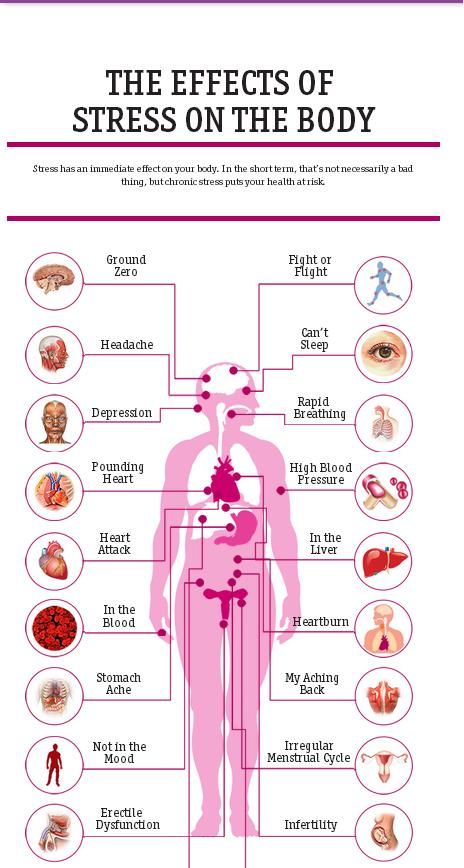 With constant exposure to images posted online, it is evident that there is a link to how individuals compare themselves and perceive their own body. There are an estimated 3.6 billion users worldwide on social media, therefore there must be negative and positive effects linked with social media users.
With constant exposure to images posted online, it is evident that there is a link to how individuals compare themselves and perceive their own body. There are an estimated 3.6 billion users worldwide on social media, therefore there must be negative and positive effects linked with social media users.
A negative body image can cause unrealistic expectations of how your body should look and can lead to unhealthy eating behaviors and disordered eating. Studies have found a correlation between the time spent on social media and a negative body image. The correlation is especially true when participants were scrolling through appearance-related content, like accounts of a fitness instructor or model on Instagram. Social media images are filled with people presenting the best version of themselves. Social media can then hurt your body image by constantly exposing yourself to the ideal body type, leading to constant comparison of yourself to unrealistic standards. Additionally, photoshop and filters are readily available to users playing into the unrealistic body image.
However, social media can also have positive effects on body image and can promote body positivity. Viewing body-positive content on social media platforms can help individuals become more accepting and appreciative of their bodies. Additionally, social media can connect you with others to build a body-accepting community.
It is important to examine ways to use social media in a positive way to avoid a negative body image. It is important to take a break from social media if you feel worse after using it. Additionally, examine who you are following on social media and unfollow accounts if they do not make you feel good. Instead, pay attention to accounts, people, and images that lift you up. Follow accounts that promote body positivity that does not agree with the beauty standards set by society. (A great account to follow to begin your search for body positivity accounts is @realistic.body.therapist on Instagram.) Finding body-positive accounts and joining support groups can help shift your mindset about the ideal body image set by society. Furthermore, you can use your own social media to be an advocate for positive body talk. Shout out to media outlets, retailers, advertisers, and celebrity product endorsers who celebrate and promote natural looks, healthy body size, and diverse body shapes. You can take a stand and refuse to read, view, or listen to media or buy advertised products that do not promote a healthy and diverse body image.
Furthermore, you can use your own social media to be an advocate for positive body talk. Shout out to media outlets, retailers, advertisers, and celebrity product endorsers who celebrate and promote natural looks, healthy body size, and diverse body shapes. You can take a stand and refuse to read, view, or listen to media or buy advertised products that do not promote a healthy and diverse body image.
Students should also consider participating in The Body Project or More Than Muscles programs offered through Student Counseling Services. These workshops help students develop and maintain a positive body image and are scientifically supported eating disorder prevention programs. Students will get a chance to dive deeper in conversations about the body image ideal set by society and promoted to us by the media.
For more information on how media effects body image visit https://www.nationaleatingdisorders.org/media-eating-disorders.
Units
Student Affairs, Student Counseling ServicesThe influence of the media on the personality of a teenager
In today's world, we are constantly confronted with the media. They are so firmly established in our everyday life that it is already difficult to imagine existence without them. The rapid development of information technologies, which began in the middle of the 20th century, laid the foundation for the formation of a completely new type of society - the information one. Mass media occupy a special place in the development of society. In the modern world, the media have taken on a significant part of the functions of shaping people's consciousness, educating their tastes, views, habits, and preferences. Thanks to the possibilities of the mass media, a person can get acquainted with the most diverse manifestations of social life, form a certain idea about them. The media can have a particularly strong impact on the formation of the personality of a minor [1, p. 21].
They are so firmly established in our everyday life that it is already difficult to imagine existence without them. The rapid development of information technologies, which began in the middle of the 20th century, laid the foundation for the formation of a completely new type of society - the information one. Mass media occupy a special place in the development of society. In the modern world, the media have taken on a significant part of the functions of shaping people's consciousness, educating their tastes, views, habits, and preferences. Thanks to the possibilities of the mass media, a person can get acquainted with the most diverse manifestations of social life, form a certain idea about them. The media can have a particularly strong impact on the formation of the personality of a minor [1, p. 21].
Adolescence is known to be one of the most difficult periods. The worldview, interests, views on the world around the person and on oneself are changing. Children at this age are the most receptive and sensitive to everything that surrounds them. For the first time, S. Hall described the psychological characteristics of adolescence as a crisis period of development, linking this with ideas about the biological conditionality of developmental processes.
For the first time, S. Hall described the psychological characteristics of adolescence as a crisis period of development, linking this with ideas about the biological conditionality of developmental processes.
During this period, rapid physical growth and puberty occur (new hormones appear in the blood that affect the central nervous system, there is a rapid growth of tissues and body systems). The pronounced uneven maturation of various organic systems during this period leads to increased fatigue, excitability, irritability, negativism [4, p. 35].
It should be noted that the media have become an essential factor in education - teenagers try to imitate common patterns. In this regard, it is necessary to support the legitimacy of modern researchers that they, as recipients of information, succumb to pressure and can easily become a victim of fraudsters.
According to the law of the Russian Federation of December 27, 1991 N 2124-1 (as amended on November 25, 2017) “On the Mass Media”, the media is a print periodical, online publication, TV channel, radio channel, TV program, radio program, video program, newsreel program, other a form of periodic distribution of mass information under a permanent name (name) [7].
The media are divided into the following types: electronic, print, online media (electronic newspapers, magazines, websites) [5, p. eighteen].
Consider the influence of each type of media on the personality of a teenager.
The 20th century is considered the century of television. Despite the rapid development of the means of communication at the beginning of the 21st century, television remains the most popular and accessible medium of information today.
Over the past decades, television has attracted the interest of the family and other institutions of society due to the growth of its influence on the personal formation of children and adolescents. According to sociological research, television occupies one of the leading places in terms of educational impact after family and school, being a channel of intensive socialization [1, p. 12].
According to sociological theory, the media, and above all television, perform four main functions: prompt information about the environment, the world; socialization, education; entertainment, entertaining leisure; cohesion, integration of the audience, society, society [8, p.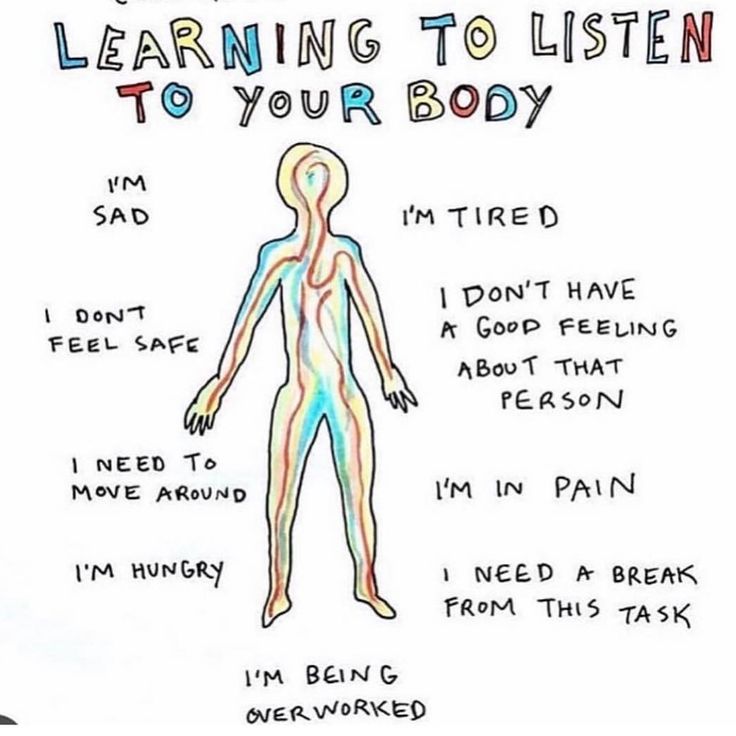 32].
32].
It can be noted that the content of modern Russian media, and primarily television, shows that, with rare exceptions, all these functions are performed inadequately, poorly and often turn into dysfunctional activities in relation to the audience, especially children and adolescents, who are among the most suggestible. her group. Thus, real events and facts on TV are often biased, subjectively distorted, and prejudicedly interpreted, serving certain financial and political clans.
In modern reality, the problem of television violence has become particularly acute. Violence exists in almost all modern TV series, films and even cartoons. The term "television violence" has long been used in the scientific lexicon and combines the demonstration of damage or damage to the characters of television programs or films. So, in a number of European countries and the USA, cases were recorded when children, after watching TV series of various kinds of terminators and superheroes, tried to stop a speeding truck by hand on the highway [2, p.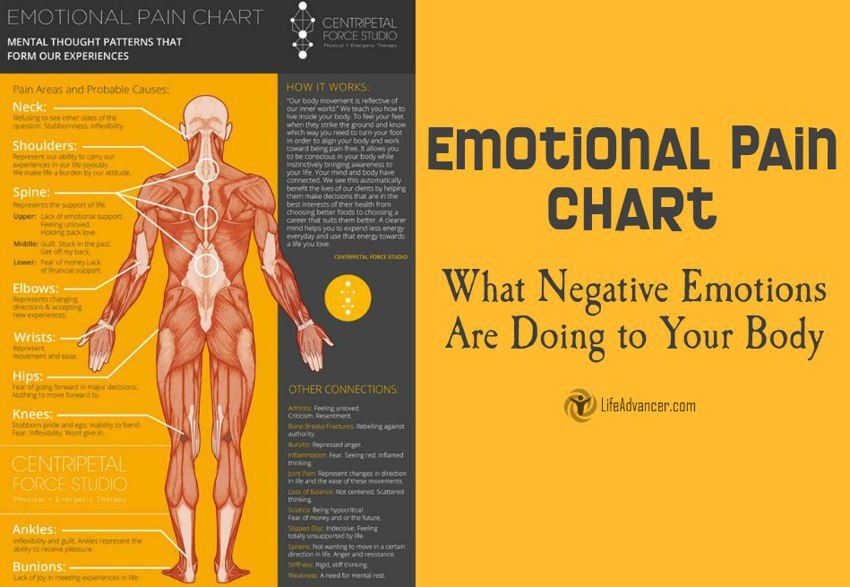 eleven]. There are also cases when children went out onto the road or jumped out of windows to fly after watching certain TV shows, films, etc. [3, p. 42].
eleven]. There are also cases when children went out onto the road or jumped out of windows to fly after watching certain TV shows, films, etc. [3, p. 42].
The next type of media is printed. Interest in newspapers and magazines, intended not only specifically for children, but also for adults, usually begins to appear from adolescence. What is important is the quantity and quality of the information that is posted on the pages of periodicals and which should take into account the needs of a growing personality, help form universal human values, morality and the basic components of culture. Thus, printed publications should contain extensive material on this topic, since the education of a person with a high level of self-awareness, ready for self-improvement and self-education, is a very long and laborious process.
Today, among the Russian printed publications, there are a significant number of youth magazines that are in great demand among teenagers. A teenager who is mastering his own "I" loves to read about the life of his peers most of all.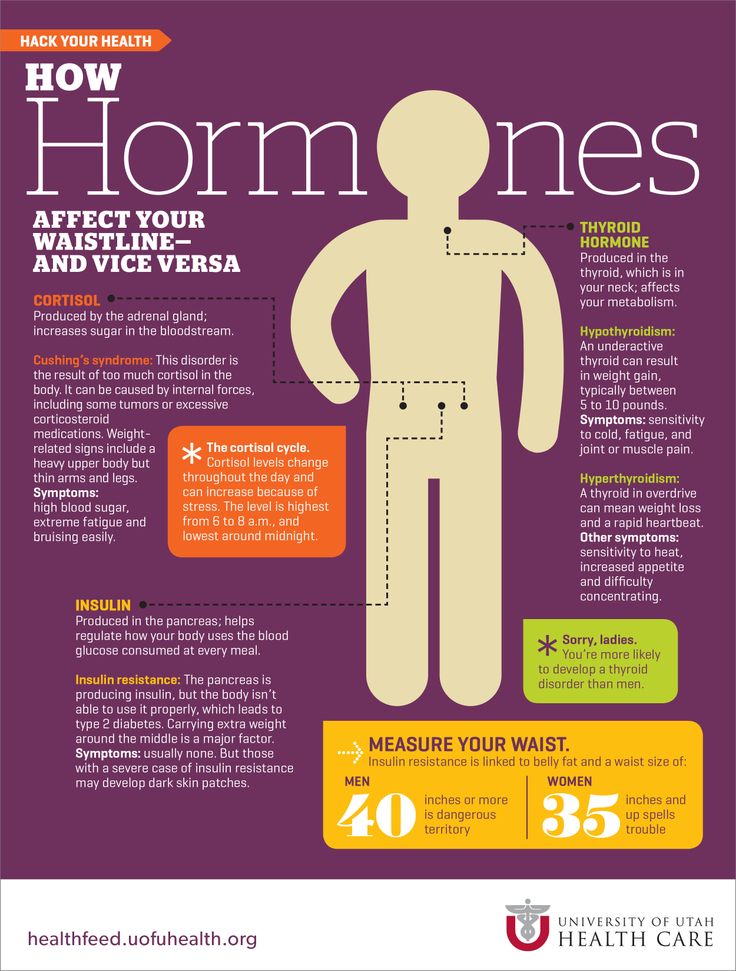 The editorial offices of various youth magazines and publishing houses that print them are based on this. The topics of such journals, as a rule, are not distinguished by scientific knowledge and diversity. Their main headings are: music, fashion, show business news, sex, horoscope, tests, anecdotes. In all likelihood, such publications do not set themselves the task of broadening their horizons, raising the level of education and erudition among adolescents. New information is actively absorbed by a child who seeks to know everything. A teenager who has not yet learned how to correctly select and adequately perceive "adult" information must be skillfully provided with it, and in "small doses", since the child's psyche is especially susceptible during adolescence. Modern youth publications do not take this factor into account [6].
The editorial offices of various youth magazines and publishing houses that print them are based on this. The topics of such journals, as a rule, are not distinguished by scientific knowledge and diversity. Their main headings are: music, fashion, show business news, sex, horoscope, tests, anecdotes. In all likelihood, such publications do not set themselves the task of broadening their horizons, raising the level of education and erudition among adolescents. New information is actively absorbed by a child who seeks to know everything. A teenager who has not yet learned how to correctly select and adequately perceive "adult" information must be skillfully provided with it, and in "small doses", since the child's psyche is especially susceptible during adolescence. Modern youth publications do not take this factor into account [6].
The most relevant type of media is the Internet. One of the negative effects of the global computer network is the wide dissemination of various information of dubious content. According to statistics, 9 out of 10 children have encountered pornography on the Web, about 17% regularly look at forbidden resources, about 5.5% are ready to put what they see there into practice [9].
According to statistics, 9 out of 10 children have encountered pornography on the Web, about 17% regularly look at forbidden resources, about 5.5% are ready to put what they see there into practice [9].
There are sites devoted to pornography, pyrotechnics, suicide, discussion of the effects of certain drugs. In a similar way, a fascination with deviations that threaten their health may follow.
According to statistics, the biggest risk of meeting destructive personalities and communities is chatting or social networks. Teenagers may be involved in radical political groups, satanic cults that exist in the real world, but it is easier for a teenager to participate in them while sitting at a computer at home.
Online games cause irreparable harm, taking up the vast majority of the child's time, distracting him from classes and pro-social recreation, harming mental and physical health [6].
Thus, we can conclude that modern Russian media systems to a large extent have a special impact on the personality of a teenager.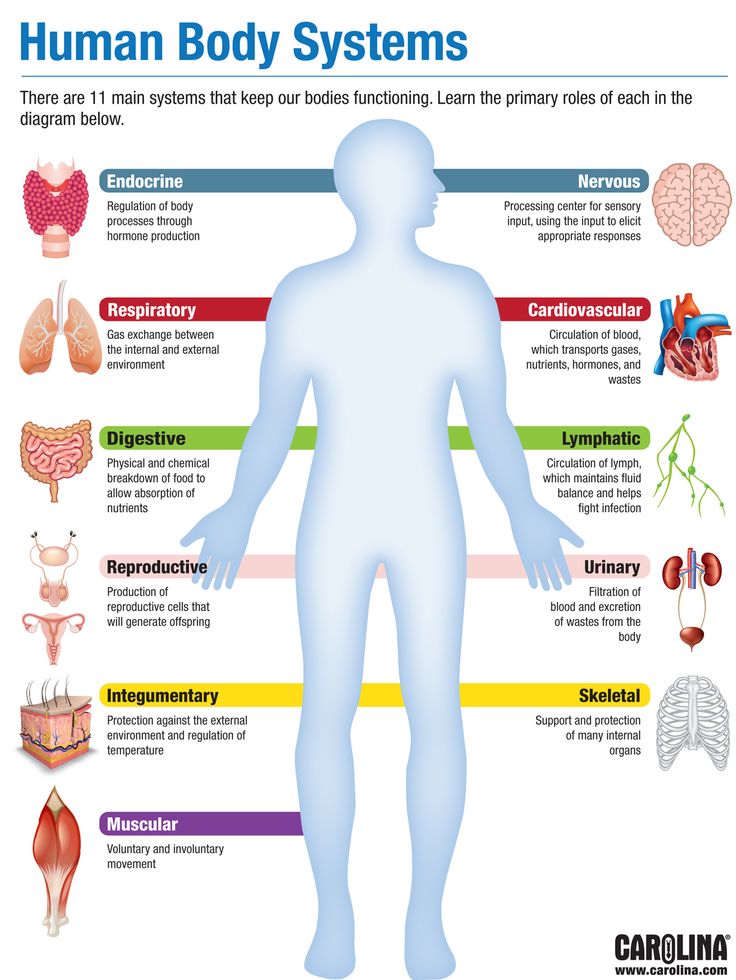 Cognitive, socially significant, humanistically colored information that teenagers need is often replaced by destructively directed content and entertainment.
Cognitive, socially significant, humanistically colored information that teenagers need is often replaced by destructively directed content and entertainment.
Literature:
- Luman, N. The reality of mass media // Otechestvennye zapiski. - 2000. - No. 4. P. 431.
- Drozdov, A. Yu. "Aggressive" television: socio-psychological analysis of the phenomenon / A. Yu. Drozdov // Sociological research. - 2014. - No. 8.
- Musician, V. L. Theory and practice of modern advertising: monograph. - M., 1998. Part 1. - 115 p.
- Developmental Psychology / Ed. A. K. Bolotova and O. N. Molchanova. — M.: CheRo, 2005. — 524 p.
- Mass media of Russia: Proc. manual for university students / M. I. Alekseeva, L. D. Bolotova, E. L. Vartanova and others; Ed. Ya. N. Zasursky. — M.: Aspect-Press, 2014. — 213 p.
- Zhilavskaya, I. V. The influence of mass media on youth. Sociological research // Media education: from theory to practice: Sat.
 materials Vseross. scientific-practical conf. "Media education in the development of science, culture, education and mass communication". Tomsk, November 20–21, 2007 / Comp. I. V. Zhilavskaya. - Tomsk: KNOU VPO TIIT, 2007.
materials Vseross. scientific-practical conf. "Media education in the development of science, culture, education and mass communication". Tomsk, November 20–21, 2007 / Comp. I. V. Zhilavskaya. - Tomsk: KNOU VPO TIIT, 2007. - Law of the Russian Federation of December 27, 1991 N 2124-1 (as amended on November 25, 2017) "On the Mass Media" [Electronic resource] - Access mode: http://www.consultant.ru/document/cons_doc_LAW_1511/f977773d5130bdc4b8aa5c541d1fa7ca381b18f4/ (10.10 .2017).
- Semyonov, V. E. Problems of spiritual and moral education of Russian youth: a sociological analysis // Tsarskoye Selo Readings. - 2010. - No. XIV. [Electronic resource] - Access mode: http://cyberleninka.ru/article/n/problemy-duhovno-nravstvennogo-vospitaniya-rossiyskoy-molodezhi-sotsiologicheskiy-analiz (date of access: 10.12.2017).
- The influence of the media on the formation of the personality of children and adolescents [Electronic resource] - Access mode: http://mirznanii.
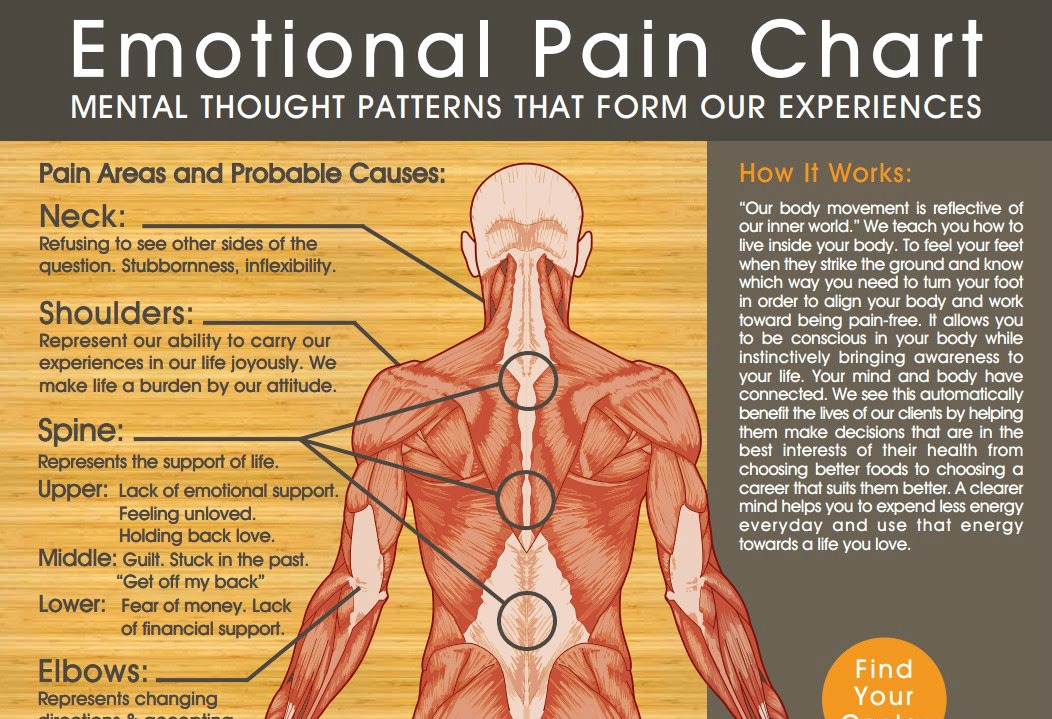 com/a/174023/vliyanie-sredstv-massovoy-informatsii-na-formirovanie-lichnosti-detey-i-podrostkov.
com/a/174023/vliyanie-sredstv-massovoy-informatsii-na-formirovanie-lichnosti-detey-i-podrostkov.
Basic terms (automatically generated) : mass information, adolescence, adolescent, child, magazine, publication, adolescent personality, medium.
Media as a subject and instrument of legal education of the population
Mass Media as a Subject and Tool of Legislative Enlightenment of the Population
Daria Yurievna Martynkina Lomonosov, [email protected]
Daria U. Martynkina
PhD student at the chair of Russian media history and legislative regulation, Faculty of Journalism, Moscow State University, [email protected]
Annotation
The article is devoted to the analysis of legal education of the population in the Russian Federation with an emphasis on the subjects that carry it out and the tools of this type of activity. Mass media informing citizens about legal regulations and influencing the legal culture of citizens act simultaneously as subjects and tools. This, as postulated in the article, is their dual role in the process of parva education of the population. According to the author, legal education of the population through the media is a necessary condition for improving the legal culture of citizens, without which it is impossible to build a rule of law state in the Russian Federation.
Mass media informing citizens about legal regulations and influencing the legal culture of citizens act simultaneously as subjects and tools. This, as postulated in the article, is their dual role in the process of parva education of the population. According to the author, legal education of the population through the media is a necessary condition for improving the legal culture of citizens, without which it is impossible to build a rule of law state in the Russian Federation.
Key words: legal culture, mass media, legal education.
Abstracts
The article is dedicated to the analysis of dissemination of legal information in the Russian Federation. Mass media often influence people's legal culture. In the article they are considered as both subjects and instruments of legal information. The author believes that the only key condition to raise legal culture in Russia is to set in motion dissemination of legal information through mass media. Otherwise the nation will fail to establish the rule of law.
Otherwise the nation will fail to establish the rule of law.
Key words: legal culture, mass media, legal information.
Legal education of the population of Russia today is very important, which has been repeatedly noted by the country's top leadership. “The most important thing in a state governed by the rule of law is the level of legal culture of citizens, their readiness to follow the law and see it as their immediate interest,” stated the current president of the Russian Federation, D. Medvedev, in one of his campaign speeches in 2008. To raise this level, he is sure, it is necessary to fine-tune the system of legal education in such a way that schools, clubs, and the media are connected to it 1 .
The angle of consideration of the problem, given by D. Medvedev, undoubtedly deserves attention. Legal education of the population should be built into a system in which various entities operate, focused on raising the level of legal culture of the population. Moreover, these subjects for the optimal solution of the tasks facing them should use the full range of possible tools.
Moreover, these subjects for the optimal solution of the tasks facing them should use the full range of possible tools.
Subjects of legal education of the population
Most researchers agree on what subjects at the present stage carry out legal education of the population. “You can notice in many cases the presence of special social institutions and organizations that, among other things, perform the function of legal education: it can be a family, school, university, media, church ... It is worth recognizing that the state is an important subject in legal education” 2 , - emphasizes the doctor of pedagogical sciences E.A. Pevtsova.
Researcher E.E. agrees with this point of view. Grishnova. In the monograph "Legal Culture in the Political Space" 3 , she singles out several subjects of the formation of legal culture. Guided by the criterion of the effectiveness of their activities, it determines the basic subject of the formation of legal culture - the state, which has the greatest opportunity to influence society.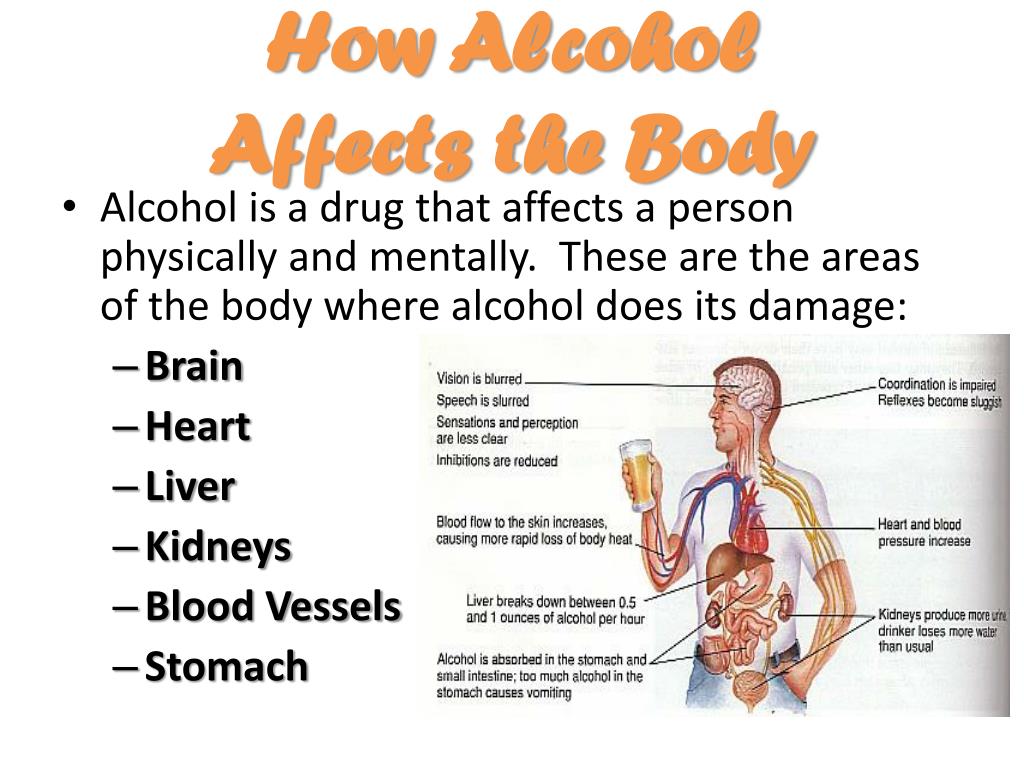 “Further, in our opinion,” writes E.E. Grishnov, - follows the family, which, despite all the social transformations, has remained the main unit of society and is the least subject to the political influence of the state. And only then do educational institutions, the media and public organizations follow... At present, there is a fairly widespread opinion in Russian society that it is the media that form many opinions, habits, traditions, patterns of behavior, etc. It is difficult to disagree with this, since the data of numerous sociological surveys confirm just such a trend” 4 .
“Further, in our opinion,” writes E.E. Grishnov, - follows the family, which, despite all the social transformations, has remained the main unit of society and is the least subject to the political influence of the state. And only then do educational institutions, the media and public organizations follow... At present, there is a fairly widespread opinion in Russian society that it is the media that form many opinions, habits, traditions, patterns of behavior, etc. It is difficult to disagree with this, since the data of numerous sociological surveys confirm just such a trend” 4 .
Thus, the most complete list of subjects of formation of legal culture, in our opinion, looks like this:
1) the state represented by public authorities;
2) family;
3) educational institutions;
4) mass media;
5) public organizations, etc.
In our opinion, it is necessary to state the special role of the media as subjects of this type of activity (that is, the special role of the media that carry out legal education of the population on their own initiative and at the expense of their own resources).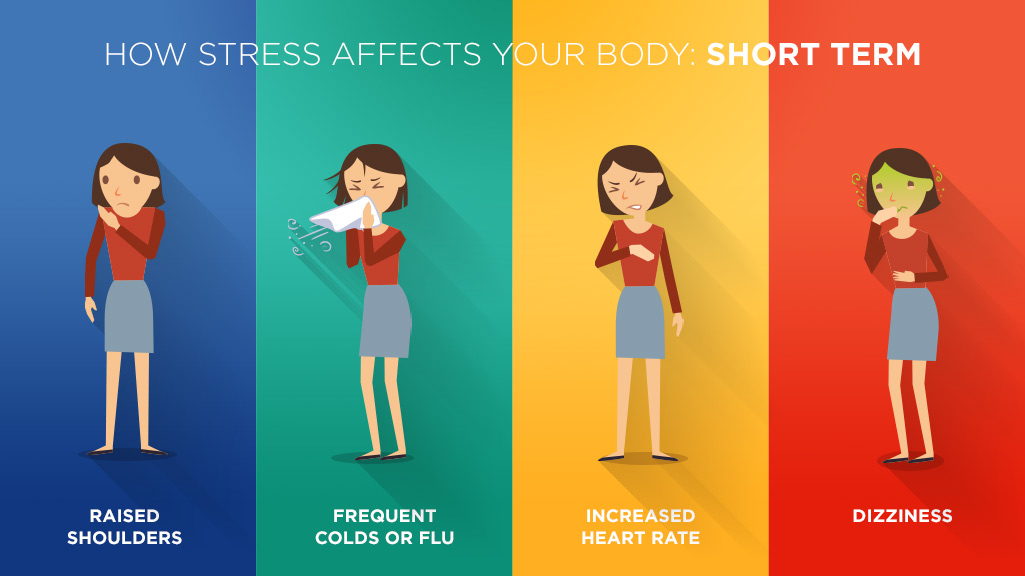 It is as follows.
It is as follows.
Only the media from all the subjects of the formation of the legal culture of the population accompany a person throughout his conscious life. In other words, the media form the legal culture of the population continuously, while other subjects carry out such an impact urgently, periodically or irregularly. Thus, educational institutions form the legal culture of their students only during the period of study. Public organizations carry out such work irregularly (during special actions, projects, campaigns, etc.). The state is not interested in informing citizens about all legal provisions (sometimes it is beneficial to “hush up” those points that may cause criticism or are associated with the provision of benefits to the population at their request - therefore, “hushing up” can result in budget savings). For example, according to some reports, the Ministry of Economic Development deliberately does not inform citizens about the progress of the budget reform and by-laws adopted in this area 5 .
The media can exclusively carry out, figuratively speaking, "legal prevention": inform citizens about legal regulations, thereby formulating their legal problems, requests.
For example, a citizen may not be aware that in order to formalize an inheritance, he must apply to a notary within six months after the death of the testator (Article 1153 of the Civil Code of the Russian Federation). If he does not do this, the terms for accepting the inheritance will have to be restored in court. Since the citizen does not know about this norm, he does not formulate the question “when should I contact a notary?”. Accordingly, he himself does not initiate an appeal to a notary, a lawyer, a legal clinic, a public organization, or other subjects of legal education of the population. Only the media in such a situation are able to inform the citizen that missing the deadline established by law for accepting the inheritance may lead to adverse consequences for him.
The activities of the media as a subject of the formation of legal culture is of a creative nature.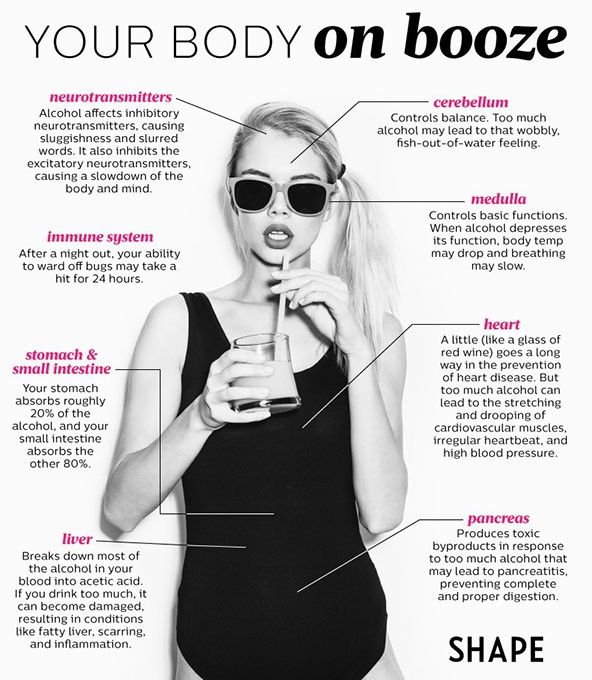 Journalists often criticize legislation, by-laws, the practice of their application, etc. This information can and should be used to improve law-making and law enforcement activities.
Journalists often criticize legislation, by-laws, the practice of their application, etc. This information can and should be used to improve law-making and law enforcement activities.
The characterization of the media as a special subject of legal education of the population will be supplemented by a comparison of the media and the state (as noted above, it is the basic subject of the formation of legal culture).
The state has huge resources - both administrative and financial - for the implementation of legal education of the population. The most important instrument of the state in this area is the state media.
Legal education of the population, for example, is carried out through the state-owned "Rossiyskaya Gazeta" (which has a tab "Legal Week"), the magazine "Lawyers Rush to Help", "Parliamentary Newspaper" and other publications. Especially for the purpose of legal education of the population, on the initiative of the Association of Lawyers of Russia, with the support of the Chairman of its Board of Trustees D.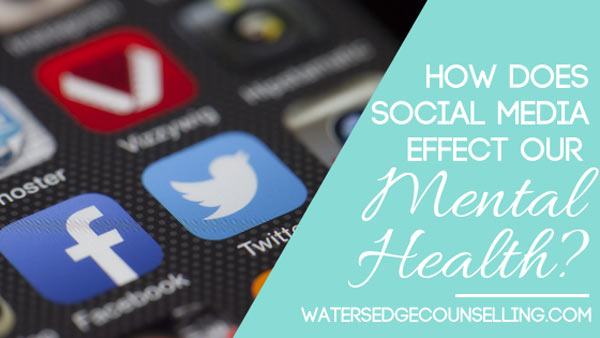 Medvedev, the channel “Zakon TV” was created, which broadcasts on the platform of the satellite television company “NTV Plus” 6 . On the state-owned Radio of Russia, the program “Right to Protection” is periodically aired in the evening: Radio Russia and the human rights movement “Resistance” provide a program on social legal protection, which allows people who find themselves in a difficult situation to find out to whom and for what help can and should be contacted in each specific case 7 .
Medvedev, the channel “Zakon TV” was created, which broadcasts on the platform of the satellite television company “NTV Plus” 6 . On the state-owned Radio of Russia, the program “Right to Protection” is periodically aired in the evening: Radio Russia and the human rights movement “Resistance” provide a program on social legal protection, which allows people who find themselves in a difficult situation to find out to whom and for what help can and should be contacted in each specific case 7 .
Features and problems of interaction between the state and the media in the field of legal education of the population can be illustrated by the following example.
As is known, the elimination of legal illiteracy among some categories of the population is especially important, since it is sometimes a condition for their physical survival. One of these categories of the population is citizens suffering from socially significant diseases. In accordance with the Decree of the Government of the Russian Federation of December 1, 2004 No. 715 “On approval of the list of socially significant diseases and the list of diseases that pose a danger to others” 8 , tuberculosis, infections that are predominantly sexually transmitted, hepatitis B and C, human immunodeficiency virus disease, malignant neoplasms, diabetes mellitus, mental and behavioral disorders, diseases characterized by high blood pressure. These diseases were identified according to two criteria: a high degree of severity of consequences and prevalence among Russians.
715 “On approval of the list of socially significant diseases and the list of diseases that pose a danger to others” 8 , tuberculosis, infections that are predominantly sexually transmitted, hepatitis B and C, human immunodeficiency virus disease, malignant neoplasms, diabetes mellitus, mental and behavioral disorders, diseases characterized by high blood pressure. These diseases were identified according to two criteria: a high degree of severity of consequences and prevalence among Russians.
As a rule, the treatment of these diseases is associated with significant financial costs. For persons suffering from the majority of socially significant diseases (hepatitis, AIDS, tuberculosis, etc.), the state guarantees free medical and social assistance. But how can a citizen learn about the nature and amount of assistance that should be provided to him free of charge?
This issue is most clearly resolved in the legislation on HIV/AIDS. In accordance with Part 1 of Art.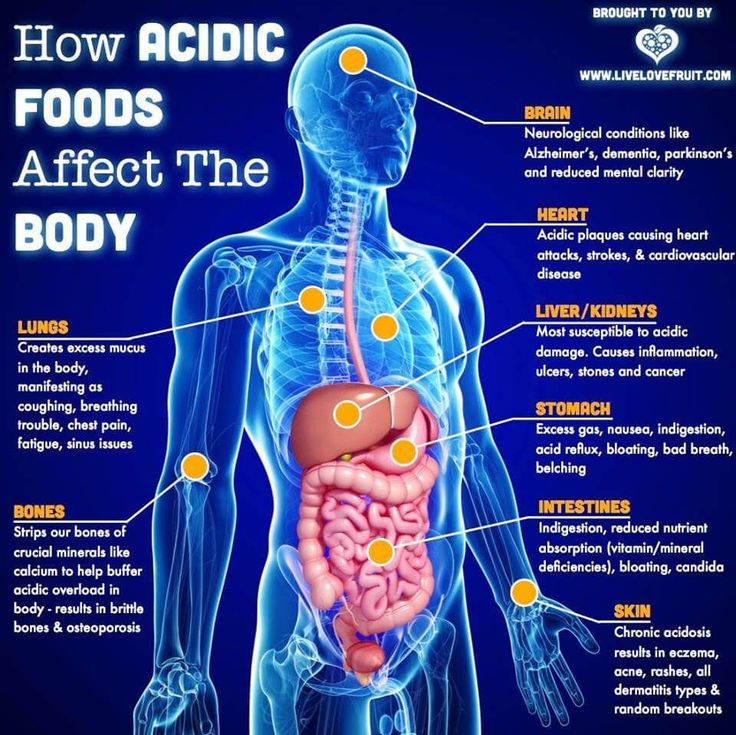 13 of the Federal Law of 30.03.1995, No. 38-FZ “On Preventing the Spread of the Disease Caused by the Human Immunodeficiency Virus in the Russian Federation” 9 , “a person who has been diagnosed with HIV infection is notified by an employee of the institution that conducted the medical examination ... about guarantees of observance of the rights and freedoms of HIV- infected."
13 of the Federal Law of 30.03.1995, No. 38-FZ “On Preventing the Spread of the Disease Caused by the Human Immunodeficiency Virus in the Russian Federation” 9 , “a person who has been diagnosed with HIV infection is notified by an employee of the institution that conducted the medical examination ... about guarantees of observance of the rights and freedoms of HIV- infected."
One of the rights of a person suffering from tuberculosis is the right to “be informed about the rights and obligations of persons with tuberculosis” 10 . However, nothing is said about who should inform the citizen. At the same time, the right of persons suffering from diseases characterized by high blood pressure to information about free medical and social assistance is not fixed at all in special legislation.
It must be stated that the only public institution capable of conveying information about their rights to citizens suffering from socially significant diseases in a timely and accessible manner is the mass media.
This activity is also carried out by public organizations. In particular, the Charter of the all-Russian public organization "Association of Lawyers of Russia" contains the following provision: "The Association conducts its activities, focusing it, first of all, on solving socially significant problems, improving legal culture and legal education, ensuring the constitutional rights of citizens" 11 . In our opinion, in practice, public organizations do not have sufficient coverage of the population and sufficient financial resources for the implementation of this social order. This is especially true for such a large category of the population as people suffering from socially significant diseases. It is impossible purely physically to provide each citizen belonging to this category with a pamphlet that describes his rights, since it is not even theoretically obvious how to ensure the distribution of such literature, on what means it should be printed in such impressive volumes. With regard to the media, there will be no problem with distribution. Citizens will buy the newspaper themselves, guided by their habit of buying this or that publication.
With regard to the media, there will be no problem with distribution. Citizens will buy the newspaper themselves, guided by their habit of buying this or that publication.
Thus, mass coverage of people suffering from socially significant diseases can only be provided by the media. And only the media can solve a related problem - informing Russians about the importance of preventing socially significant diseases and that early detection of these diseases contributes to a faster recovery, easier course of the disease. However, realizing the importance and social significance of such activities, the state should stimulate it in various ways (including securing the right of citizens to relevant information by law).
Instruments of legal education of the population
The activities of the subjects of formation of the legal culture of the population (the state, families, educational institutions, mass media, public organizations, etc.) in this direction is the subject of study in the theory of state and law, pedagogy, philology and other sciences.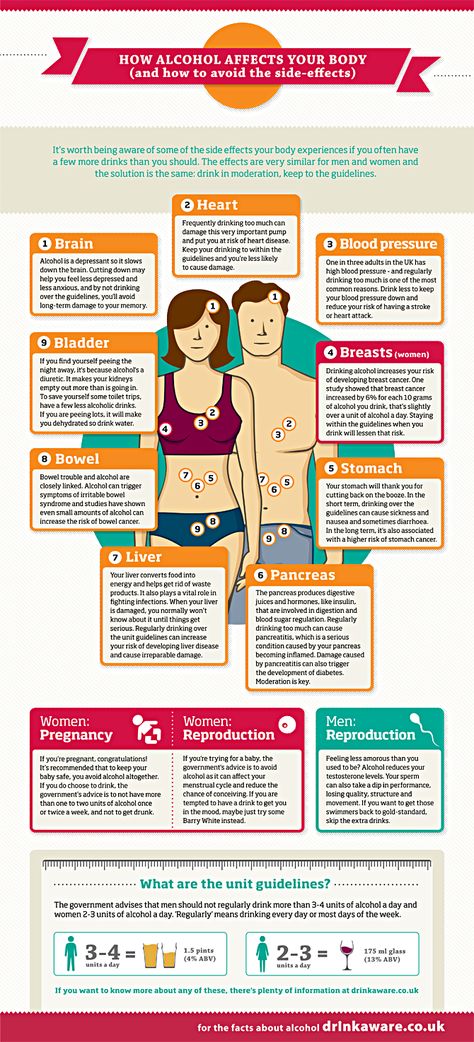 It is viewed from different perspectives. In particular, the forms of legal education are singled out, and the researcher Grishnova rightly claims that they are “many and varied” 12 .
It is viewed from different perspectives. In particular, the forms of legal education are singled out, and the researcher Grishnova rightly claims that they are “many and varied” 12 .
On the forms of legal education that proved themselves in the Soviet era, E.E. Grishnova refers 13 :
● legal training and education;
● legal propaganda;
● conducting demonstration trials at enterprises, field arbitration sessions;
● general meetings of workers and employees dedicated to listening to deputies' reports and other matters regulated by law;
● legal agitation;
● lectures and talks, seminars, classrooms and other forms of education provided for by the curricula of schools, technical schools, universities, etc.;
● meetings with employees of the prosecutor's office, people's court, police and combatants;
● legal and moral debates, question and answer evenings;
● clubs on legal and moral topics, young lawyer's club
● and some others.
EE Grishnova asserts that these forms "are quite applicable in the legal education of the population in modern Russia." In our opinion, this is not entirely true. In particular, it is only theoretically possible to imagine the holding of evenings of questions and answers, the organization of circles on moral topics, etc. Nevertheless, there are still demonstration trials (though not in production). Rossiyskaya Gazeta, in particular, wrote about this practice 14 . In the village of Kosulino (Sverdlovsk region) in 2009, two sixteen-year-old friends were convicted of theft. The Beloyarsky District Court staged a show trial right on the stage of the assembly hall of the Kosulin school with the consent of the Commission on Juvenile Affairs. General meetings of workers and employees on legal issues may well include meetings devoted to the discussion of collective agreements, the signing of which is provided for by the Labor Code of the Russian Federation. Many deputies arrange meetings with employees of enterprises (such meetings are described, for example, by Sergey Kolesnikov, a deputy of the State Duma of the Russian Federation 15 ). Thus, many seemingly obsolete forms of legal education of the population are still used today. So the classification of the forms of legal education gives a general idea of what the “companions” of the mass media are in such a matter as raising the legal culture of the population.
Thus, many seemingly obsolete forms of legal education of the population are still used today. So the classification of the forms of legal education gives a general idea of what the “companions” of the mass media are in such a matter as raising the legal culture of the population.
For the same reasons, we consider it appropriate to mention the classification of “directions for the growth of the level of legal culture of the population”, proposed by the sociologist S.O. Bondarenko 16 . He considers such directions:
● improvement of the legal basis for the life of the state and society;
● democratization of the work of government and administration bodies and, first of all, law enforcement agencies;
● implementation of legal and judicial reforms;
● improving the practice of applying laws and other regulations;
● elimination of legal illiteracy of the population;
● development of information technologies in the legal sphere, etc.
In our opinion, this classification is also not flawless, if only because such a direction as “development of information technologies in the legal sphere” is part of the legal reform, and the liquidation of the legal illiteracy of the population is a utopian task (legislation is constantly changing, so education is an endless process that will never end with the complete “liquidation” of illiteracy). It would be more correct to speak about the legal education of the population and raising the level of legal culture.
Thus, we examined the forms of legal education and the direction of growth in the level of legal culture of the population. Now let's dwell on the tools that various subjects (state, family, educational institutions, media, public organizations, etc.) use to form the legal culture of the population.
E.A. Pevtsova in her monograph names the following means (instruments): literature, art, cinema, print, radio, television, etc. 17 . Lawyer A.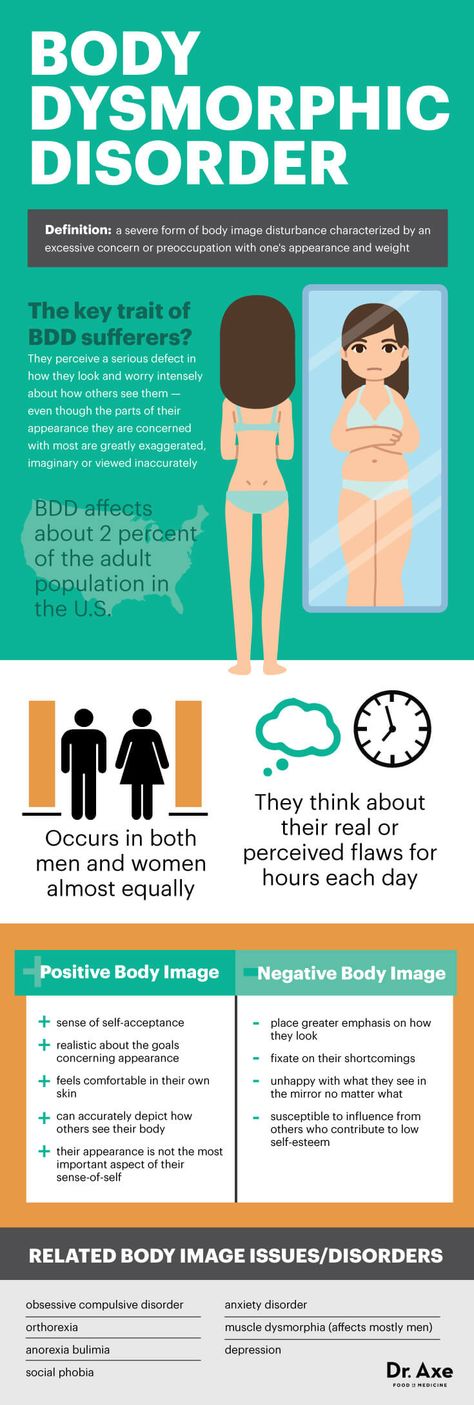 S. Sirotin gives the following list of means of legal education and education of respect for the law:
S. Sirotin gives the following list of means of legal education and education of respect for the law:
1) printing;
2) radio broadcasting;
3) cinema;
4) television broadcasting;
5) literature;
6) art;
7) means of visual propaganda and agitation.
Note that the work of A.S. Sirotin, in which this classification is indicated, was written in 2000. Accordingly, the author at that time could not yet appreciate the importance of the Internet as a tool for legal education and cultivating respect for the law. Undoubtedly, the Internet should be included in this list, but it hardly has the right to occupy a leading position. First, because only 37% of the adult population of Russia, according to the Public Opinion Foundation (spring 2010), carry out stable user activity on the Internet 18 . Secondly, legal information in view of the inflation of law must be constantly updated. Users cannot be sure of the relevance of the legal information they receive from the Internet, since other users posting information are not responsible for its accuracy. Thirdly, the Internet as a means of forming public opinion occupies a much less strong position than the media. And for the formation of a respectful attitude to the law, a high authority of the means and the subject carrying out this activity is necessary.
Thirdly, the Internet as a means of forming public opinion occupies a much less strong position than the media. And for the formation of a respectful attitude to the law, a high authority of the means and the subject carrying out this activity is necessary.
Thus, if we add the Internet to the list of tools for legal education and respect for the law compiled by A.S. Sirotin, one can generally agree with him. It is no coincidence that this researcher puts the seal in the first place in his list. “Print gives everyone the opportunity to thoroughly understand legal information by repeatedly reading and repeating what they read, contributes to the development of the reader’s analytical abilities, helps to feel and develop a personal attitude to what they read, and to remember a number of points, and, if necessary, to save what is printed,” he states. − A huge circle of readers, combined with mass circulation of many press organs and high efficiency (especially newspapers) make the press the main means of transmitting legal and other information related to legal education and the development of respect for the law” 19 .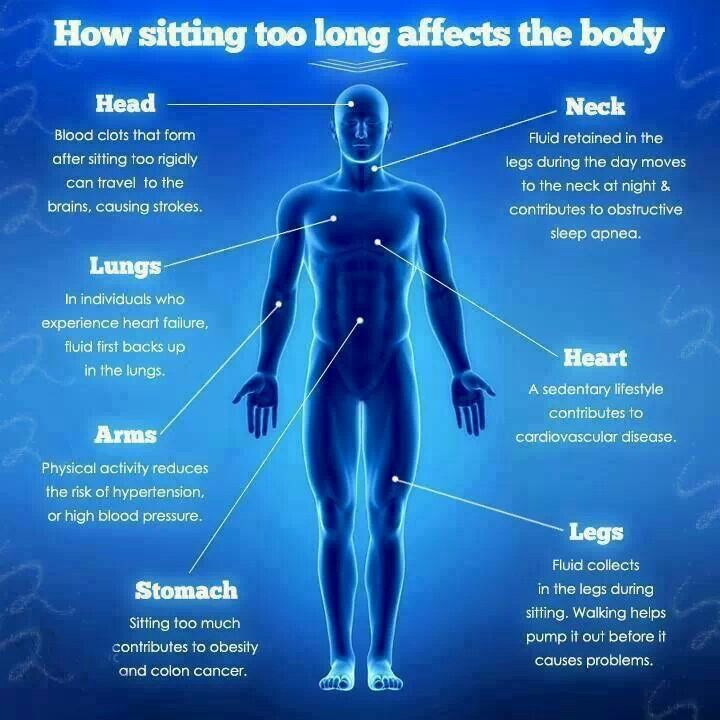
The important role of the media as a "public educator" was noted by many researchers. In particular, E.P. Prokhorov interprets the educational function of the media as culture-forming. “It lies in the fact that, being one of the institutions of the culture of society, journalism should participate in the promotion and dissemination of high cultural values in society, educate the masses on samples of global culture, thereby contributing to the comprehensive humanistic development of man” 20 , - E.P. is sure. Prokhorov. He is echoed by the researcher S.V. Konovchenko: "The media have the ability to gradually, methodically and continuously influence the opinion of each individual and society as a whole, preparing, consolidating and accelerating the process of accepting ideas" 21 .
Comparison of the media and other tools of legal education of the population in favor of the media is also confirmed by the data of sociological surveys. Moreover, the position of the press in this capacity was stable in Soviet times - it remains so now.
The authors of the book "Organization and effectiveness of legal education", summarizing the research conducted in the Yaroslavl region. (1973), the Latvian SSR (1973), the Tajik SSR (1973), Orsk (1977), at the VAZ (1977), in the Mari ASSR (1978), the Moldavian SSR (1978), come to the conclusion: “citizens apply for such (legal) information to almost all its sources…”. But when choosing sources of legal information, they give preference to the media. “This is typical for all socio-demographic groups, but above all for workers and collective farmers, engineering and technical workers, people with secondary education, under the age of 19years and older than 30” 22 , – emphasize the researchers D.A. Kerimov, A.V. Mitskevich and T.M. Shamba.
V.M. Boer conducted sociological research in the mid-1990s. in St. Petersburg, the Arctic and in several regions of Siberia. He interviewed law enforcement officers and business start-ups (about 806 respondents). The researcher got the following results. Sources of legal information for the respondents were:
Sources of legal information for the respondents were:
1) mass media - 52%;
2) official texts of normative acts – 22%;
3) immediate environment - 13%;
4) new telecommunication systems (Internet) - 5%;
5) business acquaintances, joint work - 5%;
6) random sources - 3%.
This survey shows that the media in the mid-1990s. were the most popular source of legal information for certain categories of citizens.
G.W. Ryabtsev in 2006 interviewed 450 people (representatives of all age and social groups) in the Kursk region. The method of collecting primary information is a questionnaire. One of the questions in the questionnaire was: “What, in your opinion, needs to be done to make legal assistance more accessible and of higher quality?” In particular, 20.5% suggested expanding the legal advice network; 30.5% - significantly reduce fees for legal services; 29.7% - more actively through the media to conduct legal education of the population; 25. 5% would like to increase the publication of reference literature accessible to people; 27.2% - to introduce liability for low-quality services; 27.1% - to provide free legal assistance to the poorest segments of the population.
5% would like to increase the publication of reference literature accessible to people; 27.2% - to introduce liability for low-quality services; 27.1% - to provide free legal assistance to the poorest segments of the population.
This survey was not entirely devoted to the sources of legal information, however, the data presented allow us to conclude that 29.7% of the surveyed citizens not only consider the process of legal education of the population through the media important, but also would like it to be improved.
Such is the place of mass media among other means of legal education (cinema, literature, art, Internet, etc.). How does the media function in this capacity? To find out, let's turn to the studies of Professor E.P. Prokhorov, dedicated to the mass-information nature of the media 23 . He singles out the following features of the media: focus on the mass in the absence of direct contact of its constituents and regardless of its size and spatial dispersal; media information (mass information) corresponds to the information needs of this mass; The media take care of creating a unified position of the masses on issues that concern them; accessibility of mass information to the masses, convenient mode of consumption, simplicity of form, conducive to easy assimilation; the possibility of prompt receipt of information by a mass audience; an open opportunity for all those who wish to participate in the work of the media in its various forms; interactivity of forms of media activity.
Based on these general features of the media, let us formulate the features of the media that we discovered as instruments of legal education of the population:
1. The media disseminate legal information to a mass audience.
2. Mass media provide legal information that allows one to navigate socially significant phenomena and problems.
3. The media provide up-to-date legal information that allows you to navigate the dynamically changing sea of legal information.
4. The media provide legal information in an accessible, easy to understand form.
5. The dissemination of legal information by the media is interactive.
6. The media create public opinion on legal issues, stimulate the formation of a socially active position of the public.
Let us characterize these features in more detail.
1. The influence of the media is massive due to their nature. Only they are able to influence such a wide circle of people, regardless of their spatial dispersal.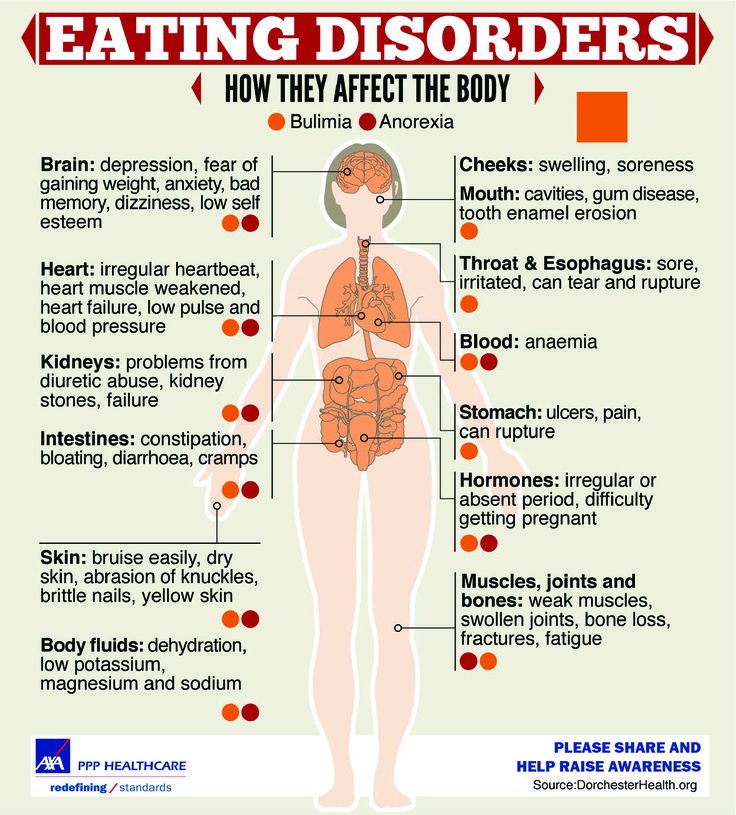
2. Legal information acquired by the population through the media provides people with information that they can use as their own in various areas of life.
3. A citizen acquires legal literacy more than once and for all - his knowledge needs constant replenishment in connection with the adoption of new laws, regulations, adjustments in practice, etc. (the so-called "inflation law"). The media are able to keep track of these changes and promptly inform the population about them.
4. The impact of the media, produced in order to form a legal culture, is carried out in a simple, accessible form that contributes to better assimilation of information. It may be associated with the implementation of other functions of the media - communicative, direct organizational, ideological, cultural and educational, advertising and reference, recreational 24 . In addition, as Professor E.P. Prokhorov, the availability of information to the masses is also due to its free receipt or receipt for a small fee 25 .
5. Most of the media are open to everyone who wants to participate in their work: citizens can send letters to the editor, ask questions, draw the attention of journalists to legal errors, etc.
6. The media are able to create a unified position of the masses on issues concerning them, integrate them into the social community and develop an active position. This happens, for example, when the media are called to defend their legal position in court, appeal decisions to higher authorities, file class actions, etc.
The dual role of the media
Considering the activities of the media in the legal education of the population, it is necessary every time to find out what role they play. These roles, as shown above, can be two:
1. The media as subjects of the formation of the legal culture of the population.
2. Media as tools for legal education and respect for the law.
The following examples will help clarify the difference.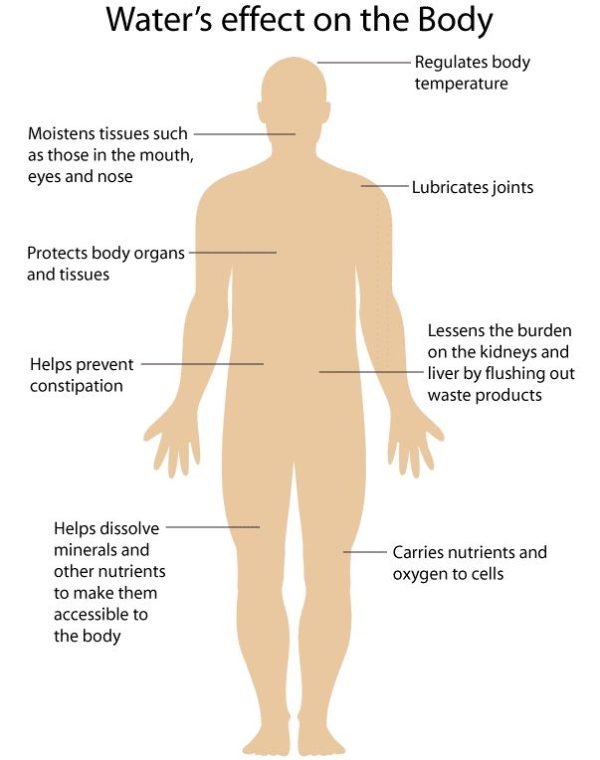
• Garant Company advertises its services by publishing legal advice in Rossiyskaya Gazeta 26 . In this situation, the company "Garant" acts as the subject of the formation of legal culture, and the mass media act as a means of legal education and fostering respect for the law.
• There are many publications on legal topics in the state media, initiated by the owner of these media, that is, the state. In this case, the state is the subject of the formation of the legal culture of the population, and the media are the means.
• If the editorial board publishes legal information on its own initiative, the media becomes both a means and a subject for the formation of the population's legal culture. This situation is most typical for private media.
So, the mass media, along with the state, family, educational institutions, public organizations, are one of the subjects of the formation of legal culture in the Russian Federation. In this capacity, they play a special role: only they form the legal culture of the general population continuously, formulate the legal needs of citizens.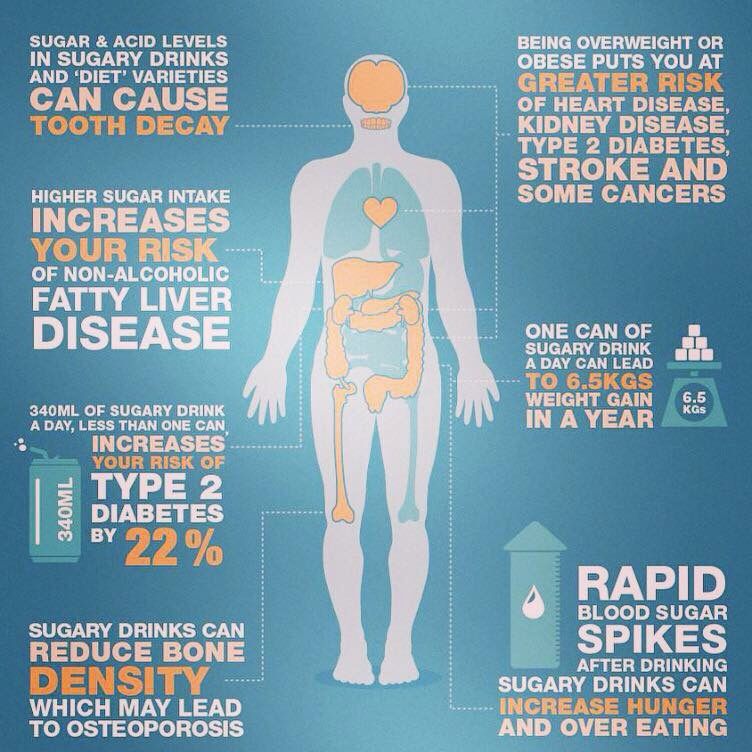 In addition, constructive criticism of the legal activities of the state, carried out in the media, is very useful. In general, cooperation between the media and the state - as the main subject of the formation of the legal culture of the population - is absolutely necessary. Legal education through the press, television, radio broadcasting is an important direction in a set of measures aimed at improving the legal culture of the population.
In addition, constructive criticism of the legal activities of the state, carried out in the media, is very useful. In general, cooperation between the media and the state - as the main subject of the formation of the legal culture of the population - is absolutely necessary. Legal education through the press, television, radio broadcasting is an important direction in a set of measures aimed at improving the legal culture of the population.
Mass media also occupy their place among the instruments (means) of forming the legal culture of the population. In our opinion, the media in this capacity occupy a leading position, leaving behind cinema, the Internet, literature, art, means of visual propaganda and agitation. Legal education of the population through the media is a necessary condition for improving the legal culture of citizens, without which it is impossible to build a rule of law state in the Russian Federation.
- Kuzmin V.
 Law without slogans // Rossiyskaya Gazeta. 2008. No. 4575. P. 1. Pevtsova E.A. Legal culture and legal education in Russia at the turn of the XX-XXI centuries. M., 2003. Grishnova E.E. Legal culture in the political space of modern Russia. M., 2005. Ibid. Larina N. The ghost of the budget revolution // Argumenty Nedeli. 2010. No. 44. P. 9. Data from the official website of the Zakon TV channel // http://www.zakon-tv.ru/about/mission/. Data from the official website of Radio Russia // http://www.radiorus.ru/section.html?rid=5612. Russian newspaper. 2004. No. 271. Ibid. 1995. No. 72. See Part 1 of Art. 12 of the Federal Law of June 18, 2001 No. 77-FZ “On Preventing the Spread of Tuberculosis in the Russian Federation” (Rossiyskaya Gazeta. 2001. No. 118-119.). Data from the official website of the Russian Bar Association // http://www.alrf.ru/content/about/aims. Grishnova E.E. Decree. op. Ibid. Vylegzhanina U.
Law without slogans // Rossiyskaya Gazeta. 2008. No. 4575. P. 1. Pevtsova E.A. Legal culture and legal education in Russia at the turn of the XX-XXI centuries. M., 2003. Grishnova E.E. Legal culture in the political space of modern Russia. M., 2005. Ibid. Larina N. The ghost of the budget revolution // Argumenty Nedeli. 2010. No. 44. P. 9. Data from the official website of the Zakon TV channel // http://www.zakon-tv.ru/about/mission/. Data from the official website of Radio Russia // http://www.radiorus.ru/section.html?rid=5612. Russian newspaper. 2004. No. 271. Ibid. 1995. No. 72. See Part 1 of Art. 12 of the Federal Law of June 18, 2001 No. 77-FZ “On Preventing the Spread of Tuberculosis in the Russian Federation” (Rossiyskaya Gazeta. 2001. No. 118-119.). Data from the official website of the Russian Bar Association // http://www.alrf.ru/content/about/aims. Grishnova E.E. Decree. op. Ibid. Vylegzhanina U.



